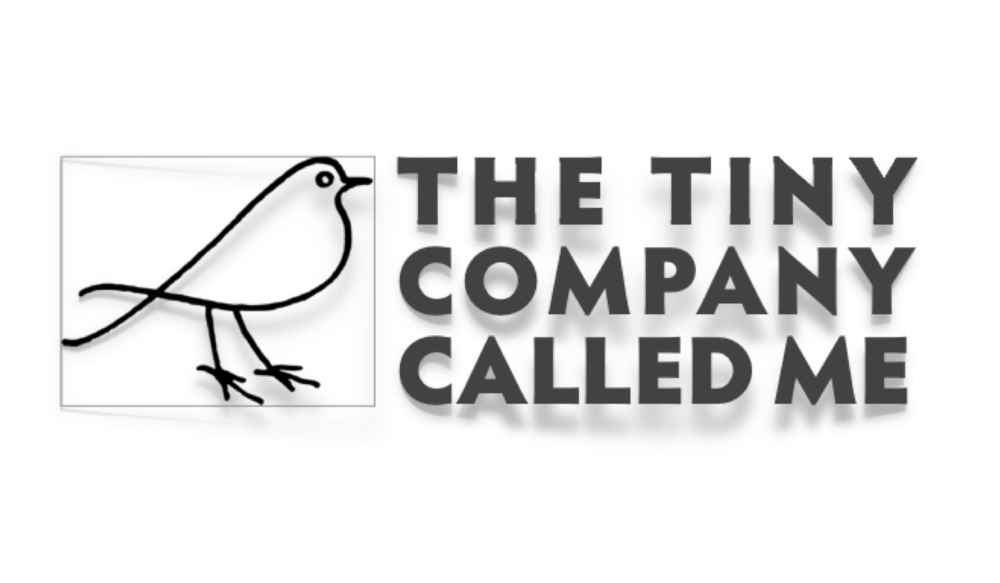The collaborator—who is also an explorer by the way—begins with questions designed to find out what the child knows. One of the great things about collaborating is it’s valuable in both positive experiences and negative—learning—experiences. Kids can learn to repeat positive experiences and avoid negative ones. The collaboration is virtually the same.
There are three Big Questions for collaborators:
What? Why? How?
What do you think happened? This is not a technique, it’s an honest inquiry, so don’t get hung up on the wording. What do you think happened? or Tell me about it. or What stands out for you from that experience? are all fine variations on the theme. Whatever words you use you’re inviting your child (or student, or employee) to put a name on her experience. The subject might be a disagreement or a book, a film or a lecture or a close call on the highway. Doesn’t matter. What matters is hearing what the kid thinks she experienced.
Why do you think it happened? Once he’s identified what seems to have happened, your youngster is ready to assign meaning to the experience. The essential question is Why, out of all the possible outcomes, do you think this one occurred? Why do you think you identified more closely with that character in the book than with the others? Why do you think you ran out of money too quickly? The answer tells the collaborator and the child something neither may have known before the question was posed. Why do you think you misunderstood your sister? invites a consideration of why he heard something other than what she said. Why do you think you overestimated the amount of gas in the tank? calls for an assessment of decision-making skills and wishful thinking...all valuable processes.
How do you think you could repeat this success (or avoid this failure)? This is the money question. If a child can answer this question, the learning cycle is complete because now she can take purposeful action to repeat success or avoid failure. She may or may not be emotionally prepared to take the action. But whether she does or doesn’t the collaborator will have a chance to repeat the same process next time, celebrating success or commiserating with failure. In either case, if the kid can answer the What? Why? and How? questions she’s a step closer to intelligent independence.
Unlike fixing, the beauty of collaborating is you don’t have to do it forever. Eventually, you can help your child see what you’ve been doing (and how and why you do it). Then, in most situations, she can take over the process herself.

